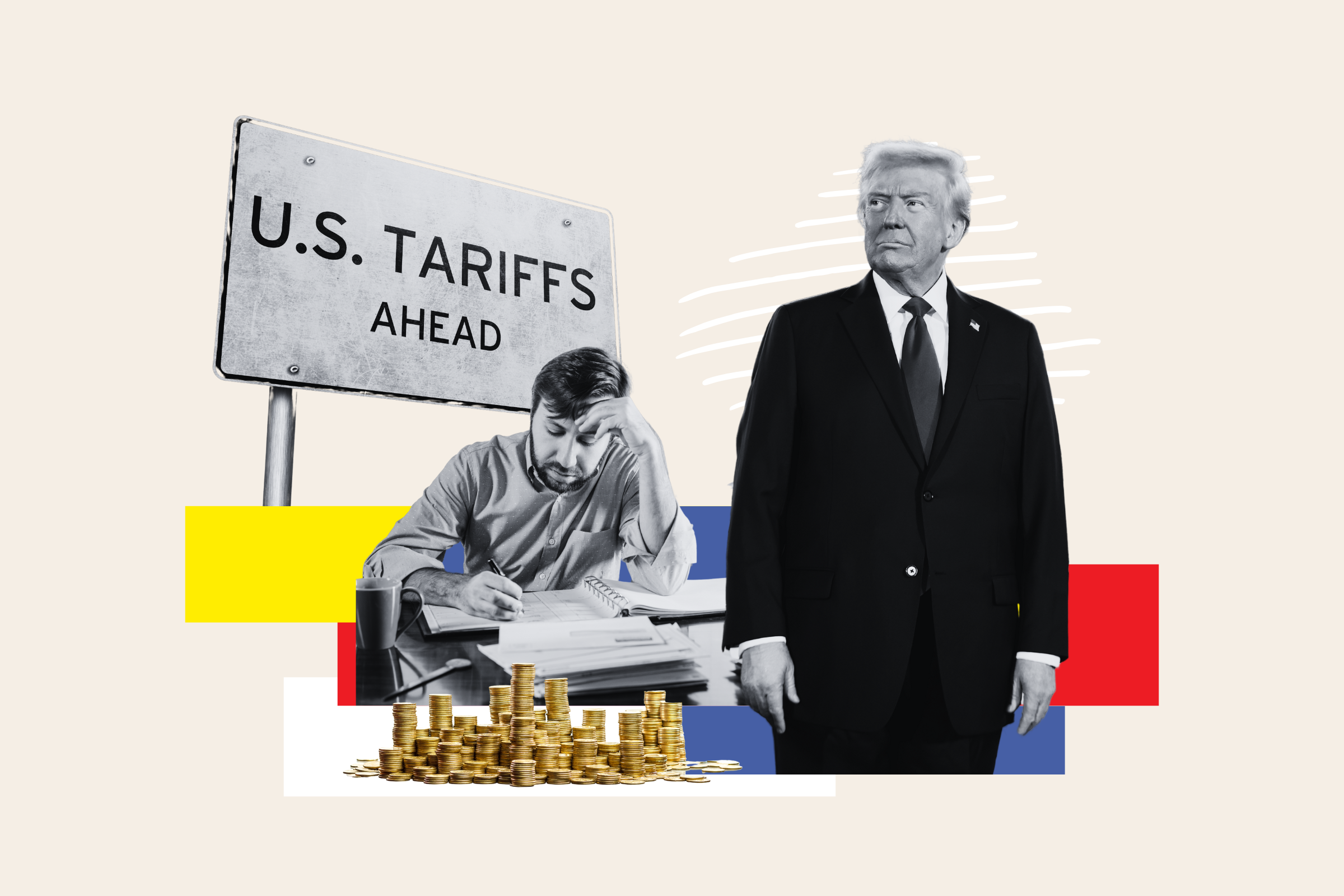Stock splits are on everyone’s radar since the parent company of the search engine Google, Alphabet (GOOG), announced plans for a 20-for-1 stock split on February 1, 2022. If approved by Alphabet’s stockholders, this stock split will take effect on Friday, July 15. As a result, stockholders will receive 19 additional shares for each share of Alphabet stock they own. Then, when the markets open on Monday, July 18, Alphabet will begin trading under its new price. This split is not the first time Alphabet had a stock split. The company had a 2-for-1 split in 2014.
Affiliate
The Sure Dividend Newsletter for high-quality dividend growth stocks.
- The monthly newsletter includes stock analyses, portfolio ideas, dividend risk scores, real money portfolio, etc.
- Risk free 7-day free trial and $41 off only through Dividend Power for $158 per year.
- Sure Dividend Coupon Code – DP41S
Click here to try the Sure Dividend Newsletter (7-day free trial).
What is a Stock Split?
A stock split sometimes called a one-time special stock dividend, is when a company issues additional shares of its stock to existing shareholders. This action increases the number of its shares by a specific multiple and simultaneously reduces the price of each share. Although the number of shares increases, the total dollar amount of all shares, the market capitalization, stays the same. Each share would be individually worth a smaller amount.
The company’s net value as measured by market capitalization, the value of a publicly-traded company, is calculated by multiplying the current share price by the total number of shares. The total value of a company does not change with a stock split. Investors would retain the full value of their pre-split shares. Shareholders would own more shares but at the lower split price.
For example, if a stockholder owned 100 shares of Company XYZ at $100 per share, they would possess $10,000 worth of stock. If Company XYZ underwent a 2-for-1 stock split, the investor would have 200 shares at $50 per share. Their total stock value is still $10,000.
Common Ratios
A company’s board of directors determines the ratio of a stock split. However, it must often be approved by the shareholders. According to Investopedia.com, the most common split ratios are 2-for-1 or 3-for-1. Other common ratios are 3-for-2, 5-for-4, 4-for-1, and 5 for-1. The 20-for-1 stock split Alphabet (GOOG) has recently announced is not common.
In a real-world example, Apple (APPL) split its stock at a 4-for-1 ratio on Monday, August 30, 2021. The stock price was $499.23 per share before and approximately $127 per share after the split. In another example, Tesla split its stock at a 5-for-1 ratio on Monday, August 31, 2020. The stock price was $2,213 each before the split and about $442 per share after the split.
Why do Companies Stock Split?
Liquidity
Stock splits are usually conducted to increase the liquidity of a company. According to Investor.gov, stock liquidity refers to how quickly a stock can be bought or sold without impacting the stock’s price. Liquidity makes it easier for buyers and sellers to trade the stock.
In addition, stock splits make a high-priced stock more affordable to many people. It appeals primarily to new investors who may not have been able to afford the stock before the split. New investors may purchase a coveted stock due to the opportunity to buy shares at a lower price.
For example, on Friday, February 4, Alphabet’s Class A stock’s closing price on the NASDAQ was $2865.86. If the 20-for-1 stock split were to hypothetically take place that day, on Monday, February 7, the share price would be $143.29. The split share price would be much more affordable for the average investor! However, before and after the split, the market capitalization would remain at $1.8 trillion. Although now, more new investors can afford the stock price.
High Priced Stock Are Unaffordable
A stock with a high price per share is often unaffordable for average retail investors. For instance, the class A shares of Warren Buffett’s Berkshire Hathaway (BRK.A) are trading at about $474,900 per share. Few investors can afford a single share. Buffett eventually issued Class B shares (BRK.B) to solve the problem. These shares were valued at 1/30th of the Class A shares. The shares were split at a 50-for-1 ratio when Berkshire Hathaway acquitted Burlington Northern Santa Fe railroad. If this split was not conducted, the Class B shares would also be unaffordable for most retail investors.
Other Benefits
In addition, other benefits include reducing the ask and buy spreads and intraday volatility but increasing dollar volume.
Do Stock Splits Make a Company More Valuable?
In theory, a stock split does not add or take away value from a company’s value. The number of shares increases, but the price of each one is less. The company has the same market capitalization before and after the stock split. Even dividend payments are adjusted to reflect the new share totals and pricing when paid out to investors.
However, when companies split stocks, it can create renewed interest in the company with the press and investors. This interest can help increase the stock price. In addition, stock splits are seen as a positive signal because they result from new and potential growth. This point, too, also helps attract new investors.
Research Shows Excess Returns
Although the company is not more valuable, some research has shown stocks that split generally outperform the broader market. For example, a Nasdaq study demonstrated that just announcing a stock split caused a 2.5% increase in the stock price, which was about 5% higher one year later. Another study from Cambridge University showed an excess return of almost 8% in 1-year and around 12% in 3-years after a 2-for-1 stock split.
Affiliate
Stock Rover is an award winning investment research platform.
- The site has 8,500+ stocks, 4,000 ETFs, and 40,000 mutual funds.
- Access to 650+ metrics, financial data, market news, stock and fund ratings, fair value, margin of safety, etc.
- Includes brokerage integration, portfolio tracking, rebalancing, watchlists, alerts, future income forecasts, etc.
- Plus export to spreadsheets, dividend calendar, 10+ years of data history, etc.
- Best Buy and Hold Screener by Investopedia
- Editor’s Choice by American Association of Individual Investors (AAII).
Click here to try Stock Rover for free (14-day free trial).
What Are Reverse Stock Splits?
Reverse stock splits are the opposite of forward ones. In this case, investors receive fewer shares than they previously held. For example, in a 1-for-10 reverse stock split, a stockholder with 10,000 shares would end up with 1,000 shares at a higher price per share. However, the company’s market capitalization is still the same before and after the reverse stock split.
A reverse stock split is usually viewed negatively by investors. It is often done to prevent a company from being delisted for too low a share price.
Related Articles on Dividend Power
Here are my recommendations:
Affiliates
- Simply Investing Report & Analysis Platform or the Course can teach you how to invest in stocks. Try it free for 14 days.
- Sure Dividend Newsletter is an excellent resource for DIY dividend growth investors and retirees. Try it free for 7 days.
- Stock Rover is the leading investment research platform with all the fundamental metrics, screens, and analysis tools you need. Try it free for 14 days.
- Portfolio Insight is the newest and most complete portfolio management tool with built-in stock screeners. Try it free for 14 days.
Receive a free e-book, “Become a Better Investor: 5 Fundamental Metrics to Know!” Join thousands of other readers !
*This post contains affiliate links meaning that I earn a commission for any purchases that you make at the Affiliates website through these links. This will not incur additional costs for you. Please read my disclosure for more information.
Christine Seaver is a freelance writer that writes about personal finance, budgeting, and debt. She is a frequent contributor at Dividendpower.org. Christine works as an office manager by day and a cookie baker at night. She lives in Massachusetts with her family.





















Discussion about this post